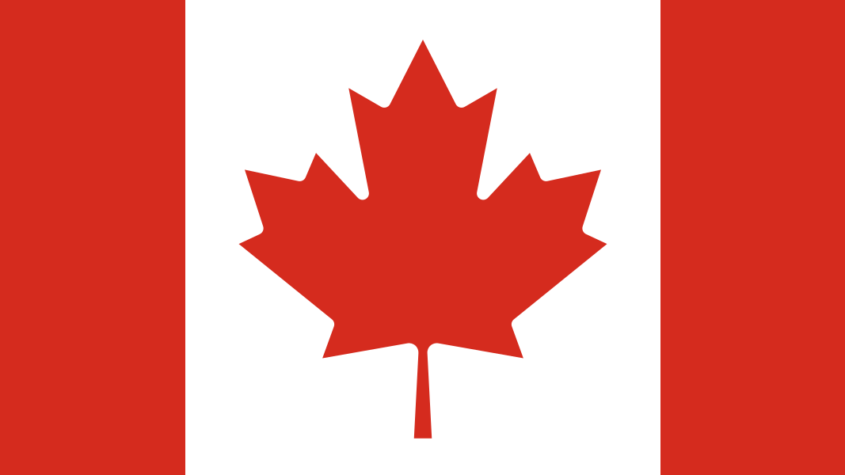The Canadian Government has cancelled its Student Direct Stream (SDS) program, which expedited visa processing for students from 14 countries and territories, excluding Nigeria.
At the same time, the financial proof requirements for international students have been raised; prospective students are now required to show proof that they have over C$20,600 (US$15,200) in available funds, more than double the previous threshold of C$10,000.
Canada is among the leading destinations for international students, with more than 1 million international students enrolled in Canadian institutions in 2023.
The decision, announced on the Canadian government’s official website on Friday, takes immediate effect, with Morocco and Senegal being the African countries affected by the cancellation.
Naija Daily News recalls that the SDS programme was mainly for students from third-world countries mainly in Asia and the Caribbean, Antigua and Barbuda, Brazil, China, Colombia, Costa Rica, India, Morocco, Pakistan, Peru, the Philippines, Senegal, St. Vincent and the Grenadines, Trinidad and Tobago, and Vietnam.
Launched in 2018, the SDS program aimed to streamline visa applications by offering faster processing times, eliminating the need for financial proof in many cases, and allowing online submissions, among others.
Under the program, visa processing times were reduced to approximately seven weeks, compared to the usual 11-week timeline.
Vietnam Times reported that around 14,000 Vietnamese students benefited from the SDS program, according to education consultancy IDP.
The move to cancel the SDS program is part of a broader effort by the Canadian government to manage the increasing influx of international students, which has contributed to rising pressures on the country’s housing market.
In September, Canada announced a reduction in the number of study permits it will issue for 2025, lowering the target to 437,000, a 10% decrease from the previous year.
The largest group of international students in Canada comes from India, making up about 40% of the total, followed by China with 12%.

































